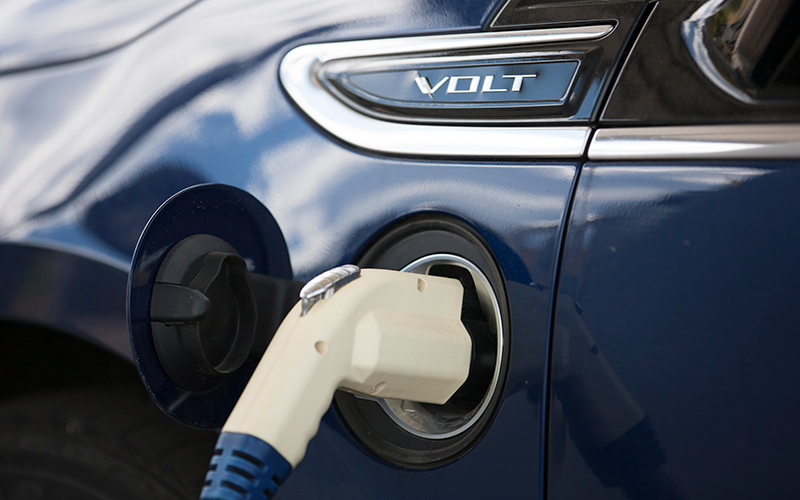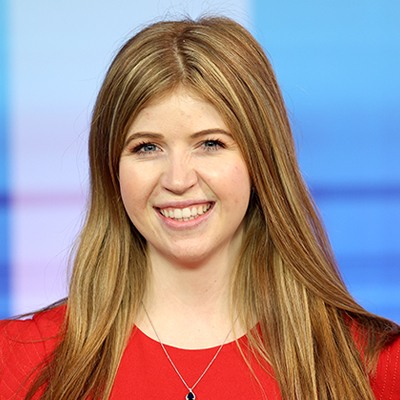
Arizona had the seventh-highest number of electric vehicles in the nation in 2020, but advocates say a hurdle to increased ownership – in Arizona and the rest of the U.S. – is a shortage of charging stations. (Photo by Matthew Staver/U.S. Department of Energy)
SANTA MONICA, Calif. – With more electric vehicles humming down highways, states are under increasing pressure to install more public charging stations to make sure the juice keeps flowing.
The challenge is particularly acute in California, which adopted a rule in August to gradually phase out sales of new gas-powered vehicles by 2035 with the goal to reduce greenhouse gas emissions and to help fight climate change.
States can take advantage of the Bipartisan Infrastructure Bill, which gives $5 billion nationally for public charging stations as part of the new National Electric Vehicle Infrastructure Formula Program. States that write up strategic plans to expand charging station infrastructure are eligible for a grant from the program to help make it possible.
The program should benefit Arizona, with wide open spaces and long distances between major cities. It recently was granted $76.5 million over three years to install stations along interstate highways in the state.
The Arizona Department of Transportation is holding a series of public meetings, including Nov. 16 in Phoenix, to gather comments on the plan.
“The plan basically calls for electrical vehicle charging stations to be placed either upgraded existing stations and eventually new stations no more than 50 miles apart initially on the interstate system in Arizona,” said Doug Nick, an ADOT spokesman.
There are two exceptions, both involving proposed stations up to 70 miles apart. One would be on Interstate 8 between Gila Bend and Casa Grande, the other on Interstate 40 between Kingman and Seligman.
Electric-vehicle owners say additional public chargers will help give them peace of mind that they won’t be stranded without juice.
“When I first got the Tesla, I didn’t have the at-home charger,” said Samatha Solis, who attends Arizona State University. “So honestly it was such a hassle having to recharge it or find a charger.”
Arizona had 1,952 charging ports as of 2021 and California had 34,185 according to evadoption. Evadoption’s goal is “to provide data-driven analysis and forecasts.”
The need is even more acute in California now that it intends to eventually end sales of new gasoline-powered vehicles. The state has set a goal of having 35% of all new vehicles sold starting in 2026 will be zero-emission. The number increases to 68% by 2030 and to 100% by 2035.
Such a radical change in transportation has raised fears that demand for EV charging will strain the power grid, that enough electricity can’t be generated to recharge all of those vehicles.
It’s easy to see why when visiting a large charging station like the one Tesla has built in Santa Monica, west of Los Angeles. Even at midday on a weekday, Tesla cars and SUVs were coming and going steadily, with most of the chargers in use at any given moment.
The Biden administration says that Tesla is working to build new supercharger equipment that will permit non-Tesla drivers to utilize the equipment.
But one renewable energy advocate said California is producing so much renewable energy that the grid “They’re installing more solar and wind energy on the grid every year than all the electric cars sold that year or whatever need and it’s by several orders of magnitude,” said Paul Scott, co-founder of the advocacy group Plug In America. “So the grid will continue to get cleaner even with the added demand from electric vehicles.”
Nick, the ADOT spokesperson, said Arizona’s major power producers have been brought into the conversation to make sure there will be ample power as transportation electrifies.

